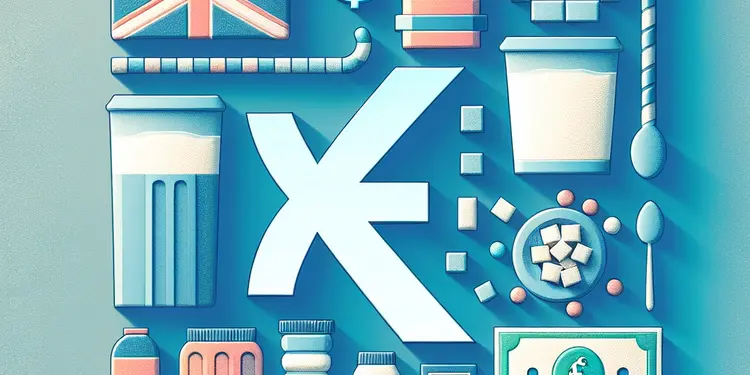
Find Help
More Items From Ergsy search
-
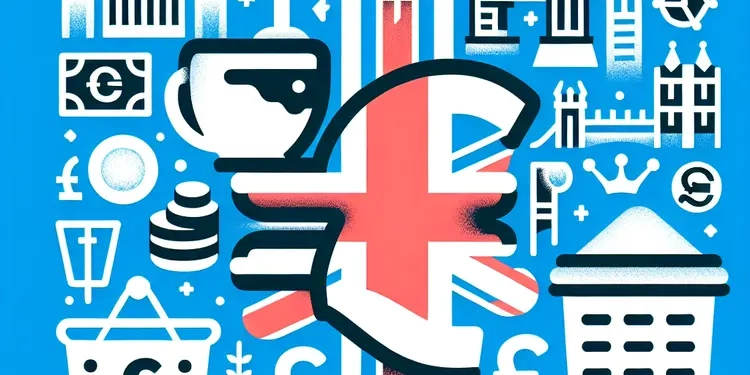
What is the sugar tax in the UK?
Relevance: 100%
-
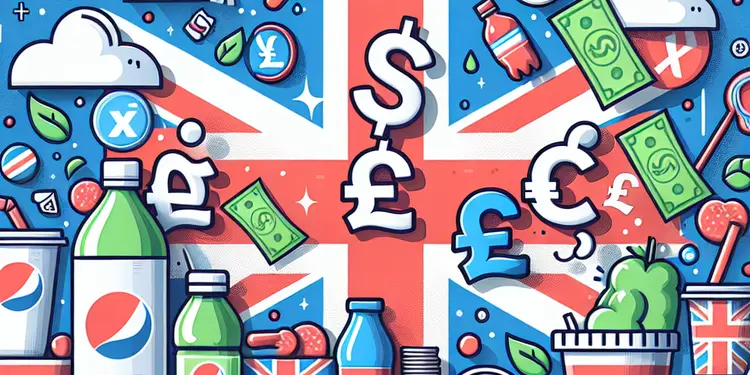
Is the sugar tax applied to diet or zero sugar drinks?
Relevance: 96%
-
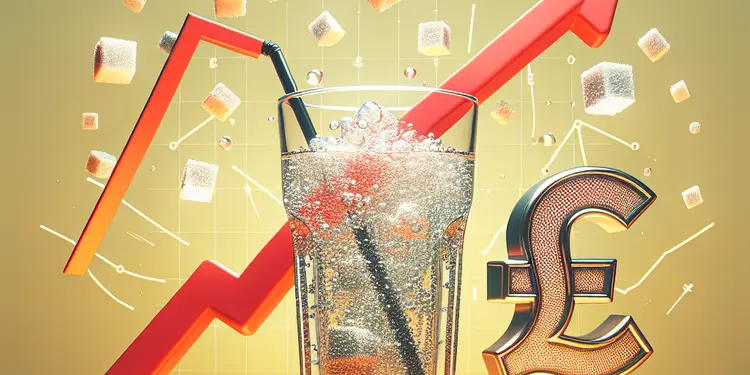
Has the sugar tax affected the sugar content in drinks?
Relevance: 95%
-
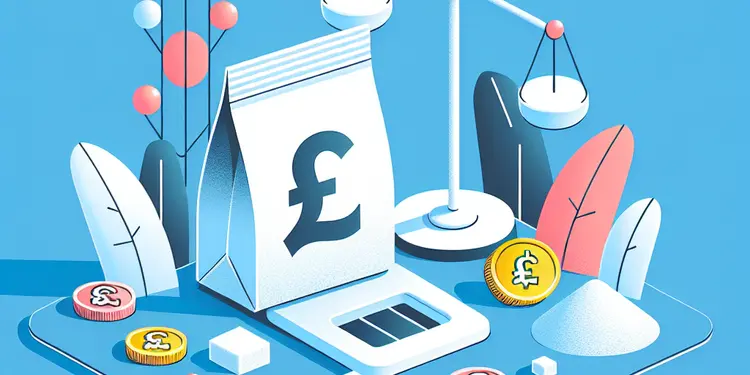
Who pays the sugar tax?
Relevance: 95%
-
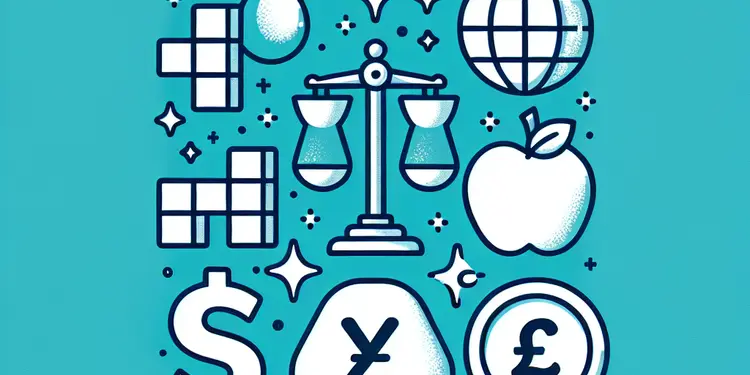
What is the purpose of the sugar tax?
Relevance: 95%
-
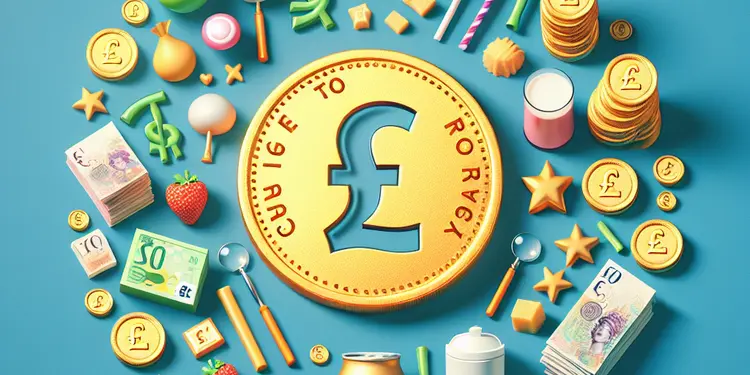
What are the long-term goals of the sugar tax?
Relevance: 91%
-
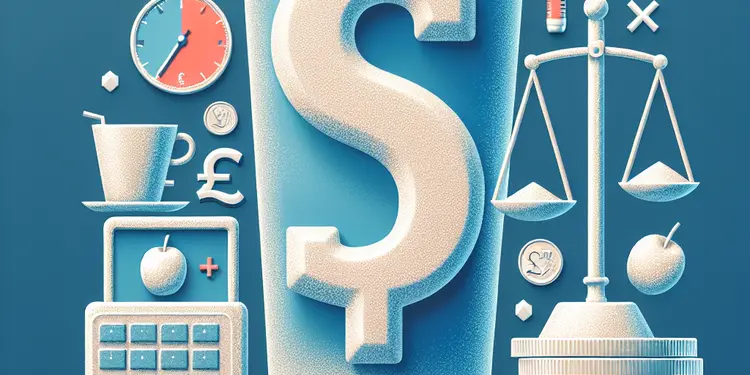
Has the sugar tax been effective?
Relevance: 91%
-
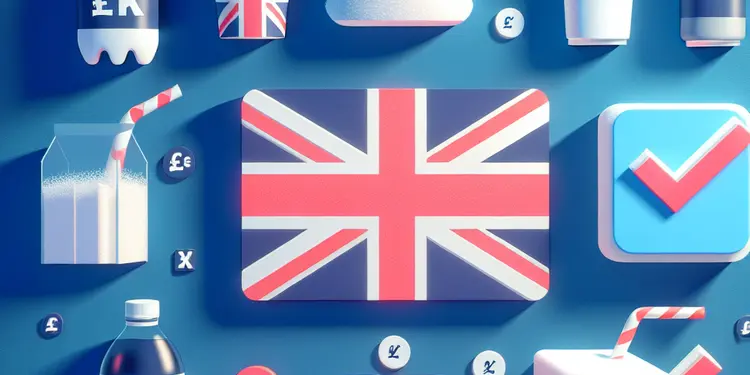
Which drinks are exempt from the sugar tax?
Relevance: 88%
-
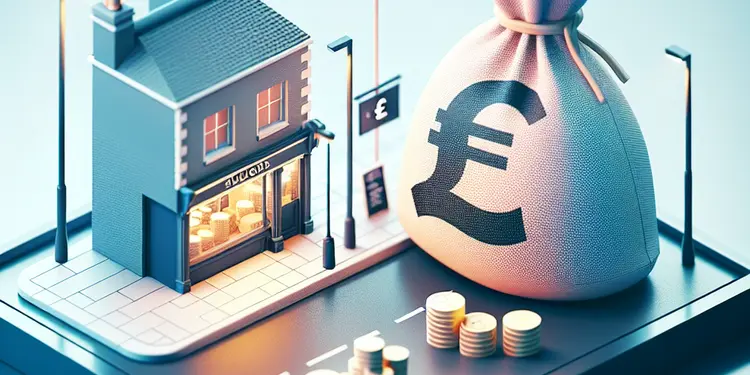
Does the sugar tax apply to small businesses?
Relevance: 88%
-
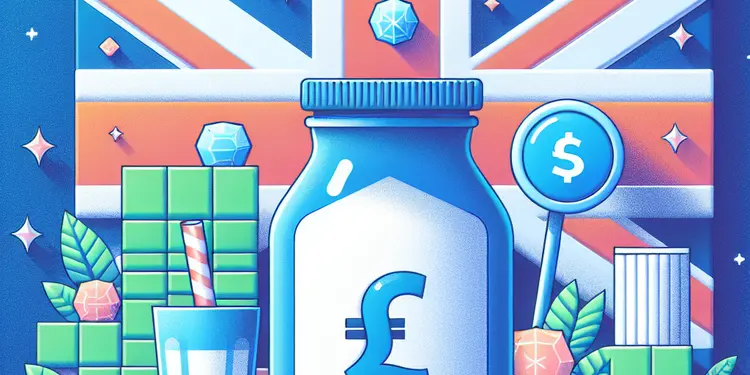
How does the sugar tax affect consumers?
Relevance: 88%
-
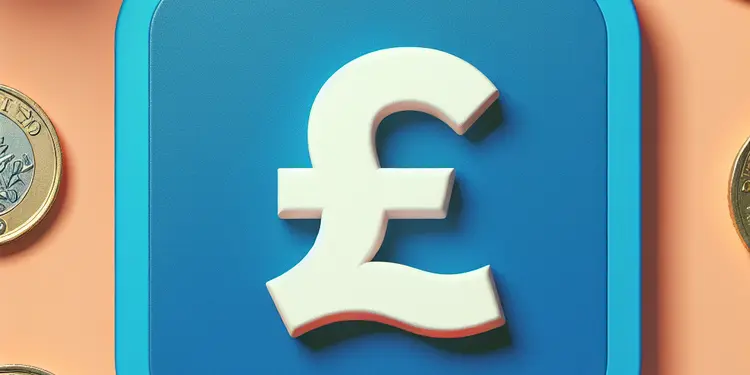
How is the revenue from the sugar tax used?
Relevance: 87%
-
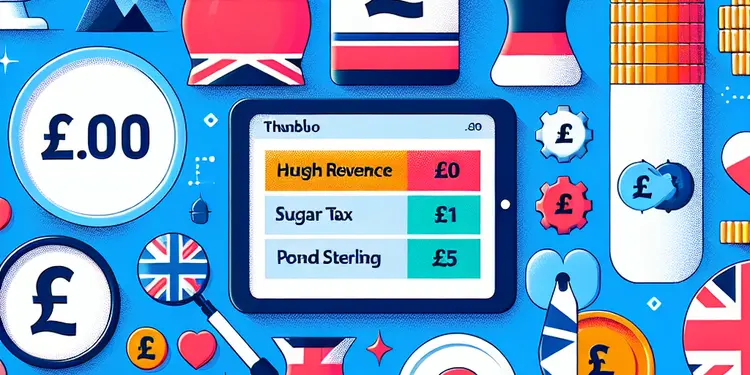
How much revenue has the sugar tax generated?
Relevance: 85%
-
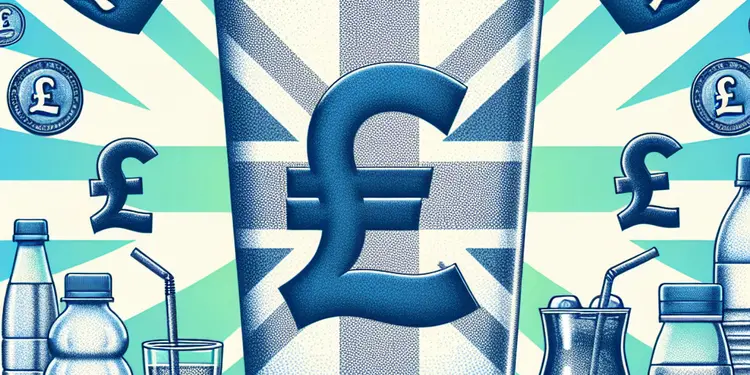
Has the sugar tax led to innovation in the drinks industry?
Relevance: 84%
-
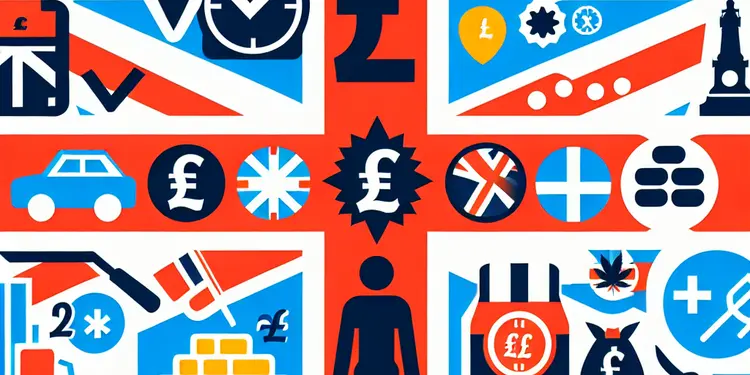
How does the sugar tax align with public health strategies?
Relevance: 82%
-
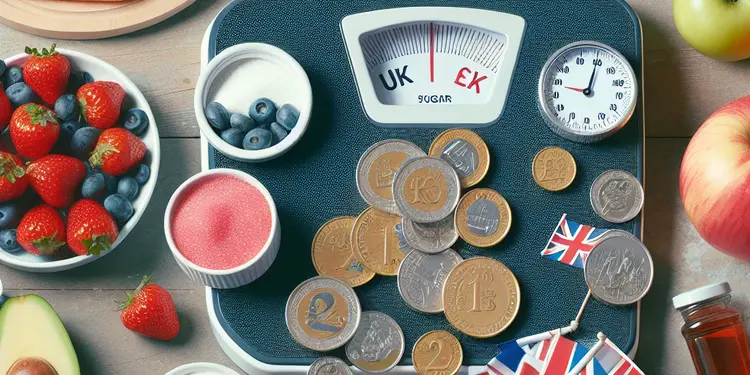
What impact has the sugar tax had on obesity rates?
Relevance: 82%
-
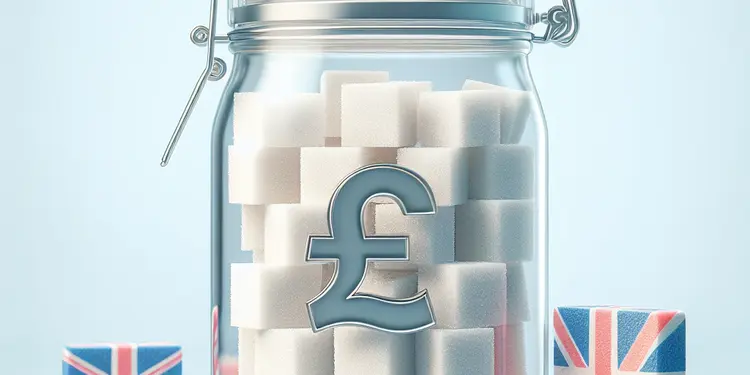
When was the sugar tax introduced in the UK?
Relevance: 72%
-
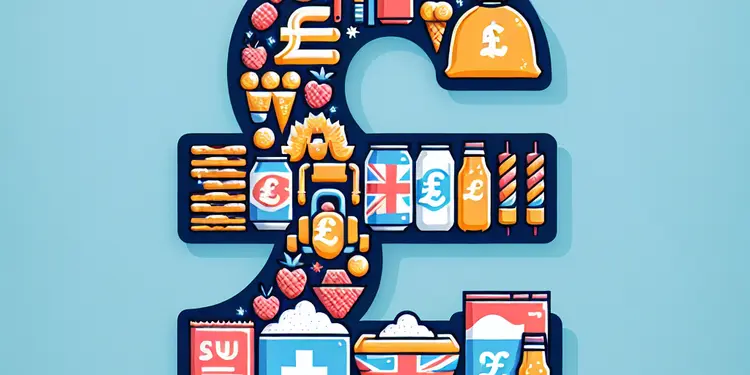
What are the rates for the sugar tax?
Relevance: 72%
-
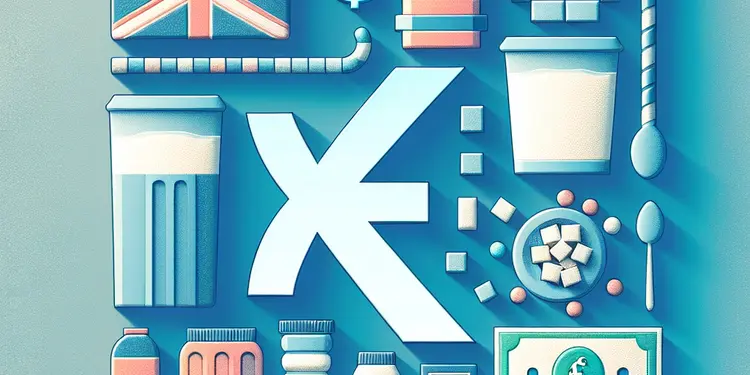
How is the sugar tax applied?
Relevance: 72%
-
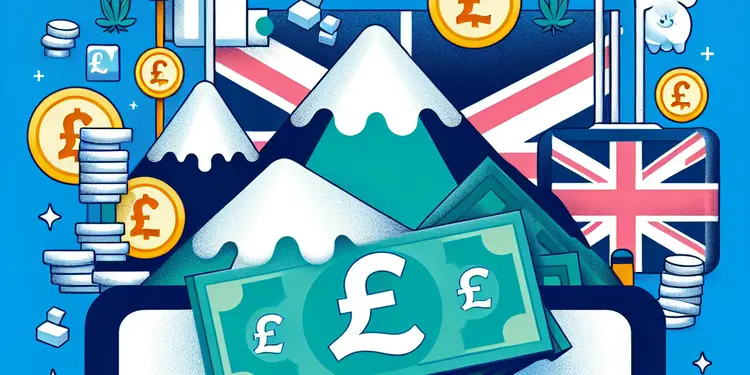
Have any other countries implemented a sugar tax similar to the UK?
Relevance: 60%
-
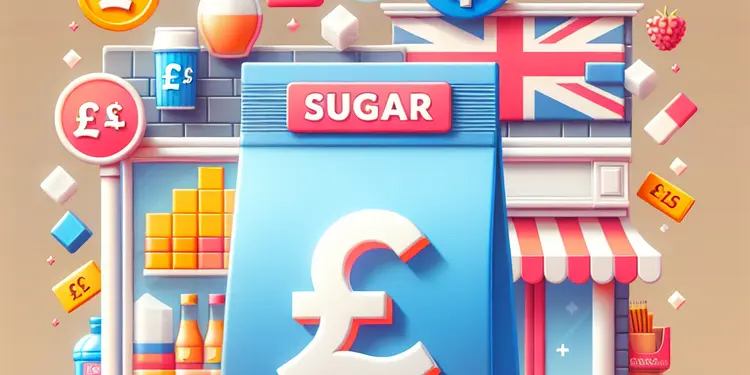
Are there any criticisms of the sugar tax?
Relevance: 51%
-
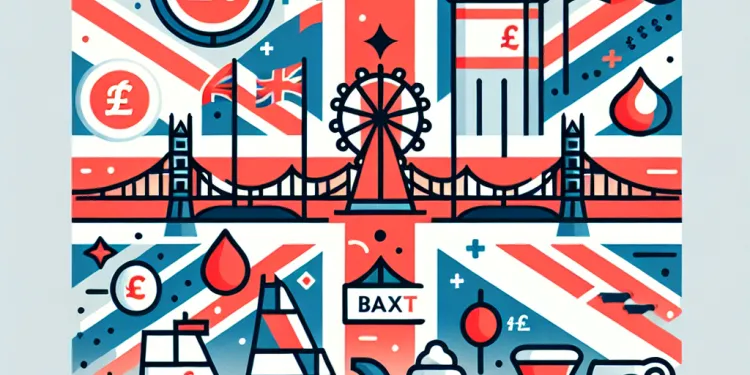
Can Baxdrostat affect blood sugar levels?
Relevance: 49%
-
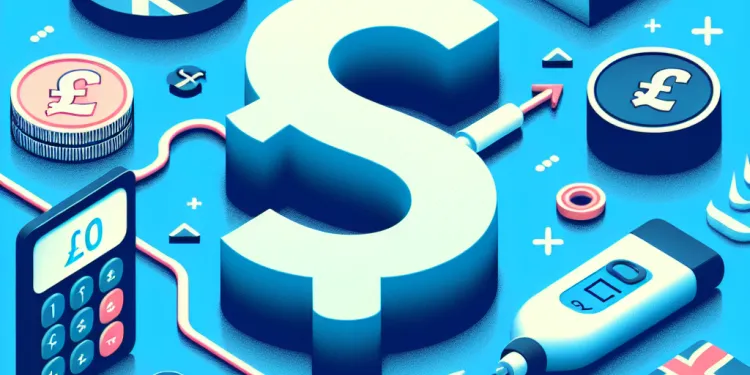
How does Ozempic affect blood sugar levels?
Relevance: 48%
-

Can Ozempic cause low blood sugar (hypoglycemia)?
Relevance: 48%
-
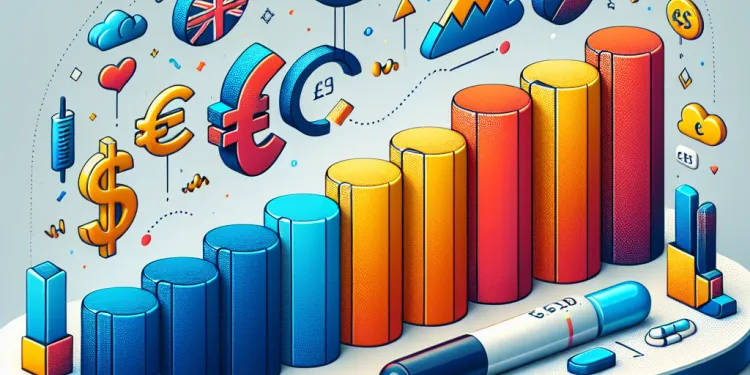
How effective is Mounjaro in controlling blood sugar levels?
Relevance: 46%
-
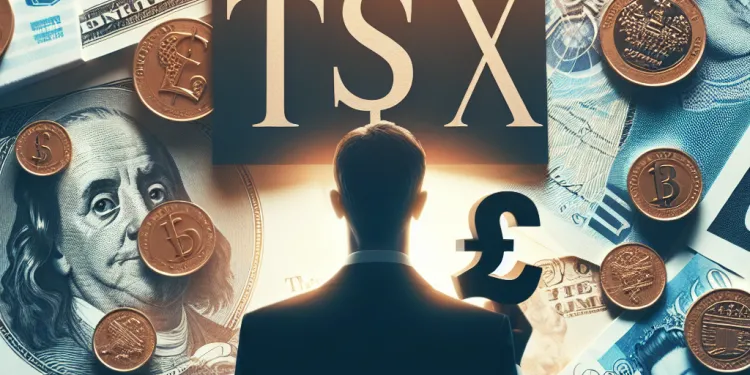
Would a wealth tax replace other taxes in the UK?
Relevance: 44%
-
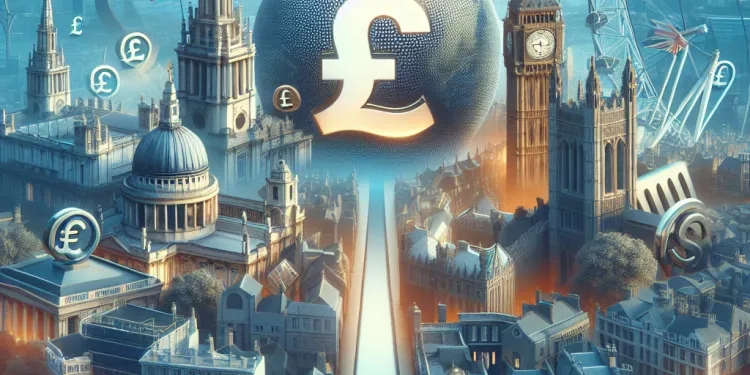
Could a wealth tax encourage tax avoidance?
Relevance: 44%
-
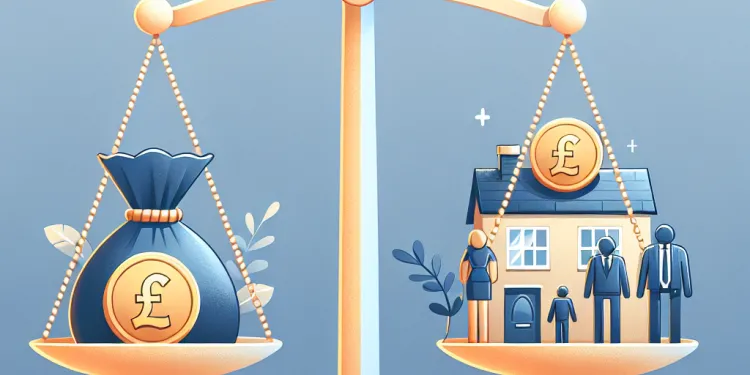
Do unpaid tax debts affect Inheritance Tax calculations?
Relevance: 43%
-
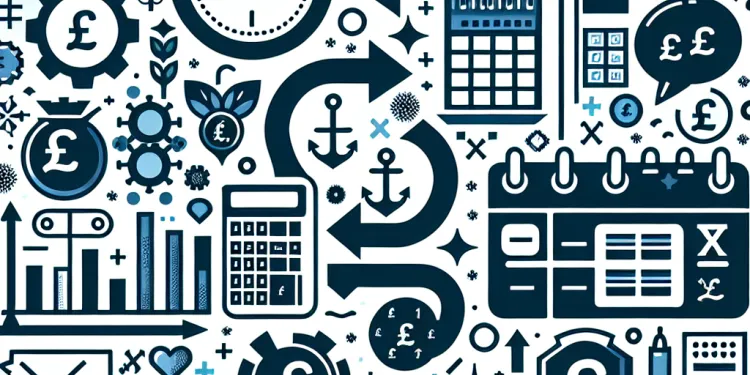
Can my tax refund be applied to my future tax obligations?
Relevance: 43%
-
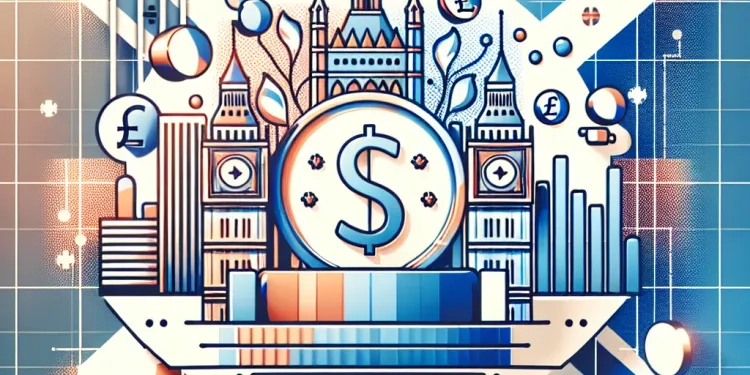
What is the wealth tax in the UK?
Relevance: 42%
-
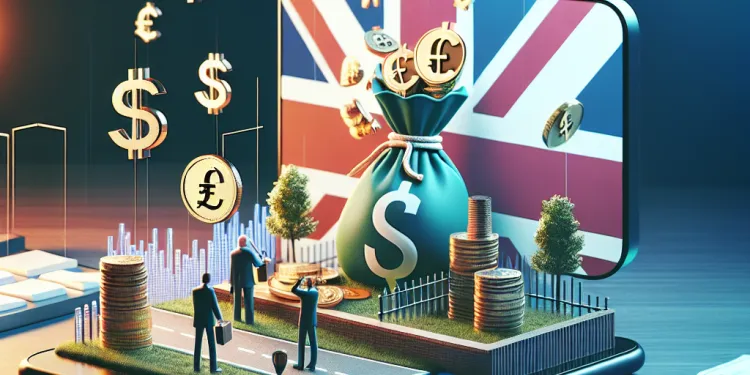
What is the Wealth Tax in the UK?
Relevance: 42%
-
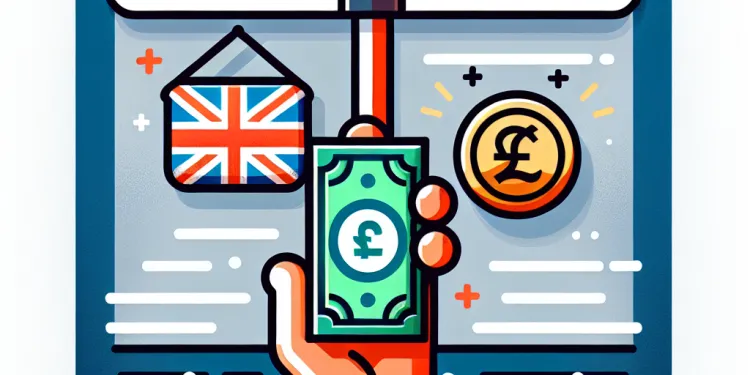
How does a wealth tax differ from an income tax?
Relevance: 42%
-
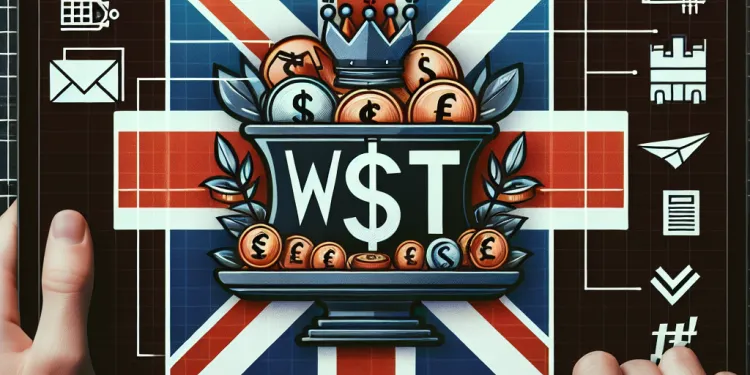
What is a Wealth Tax?
Relevance: 42%
-
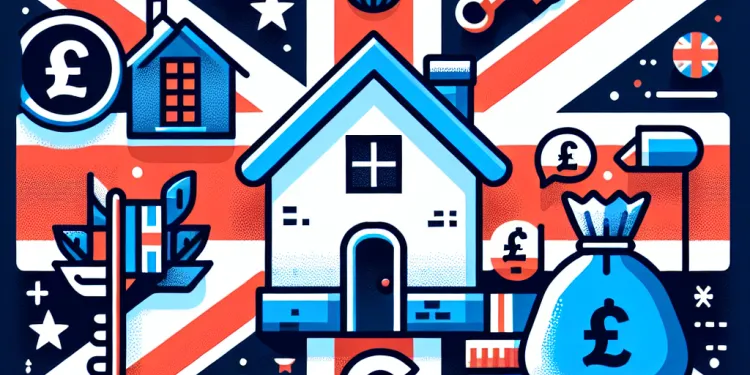
What is inheritance tax in the UK?
Relevance: 42%
-
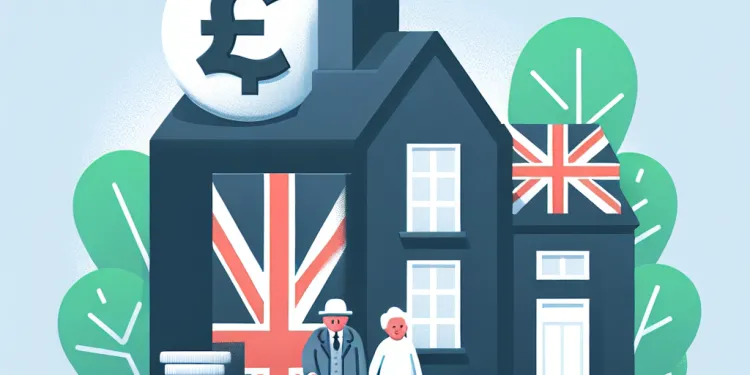
What is inheritance tax in the UK?
Relevance: 41%
-
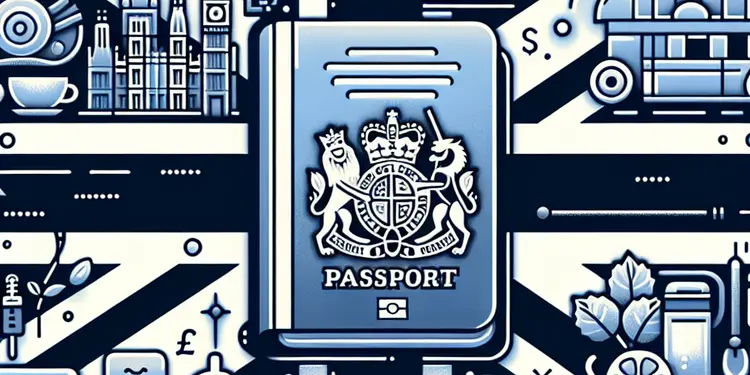
Is tax evasion an offence of dishonesty?
Relevance: 40%
-
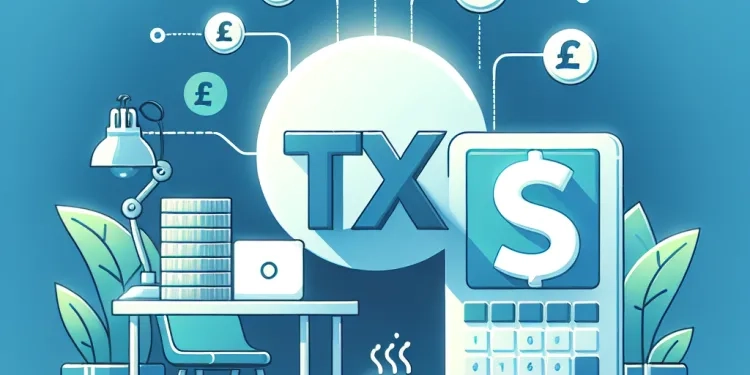
HMRC Tax Refund letters
Relevance: 40%
-
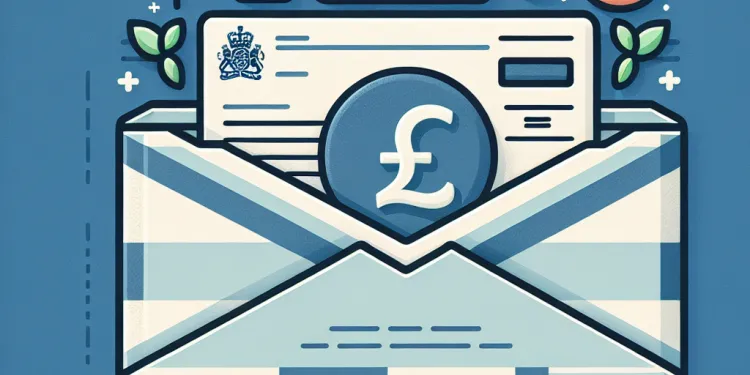
Is the tax refund amount taxable?
Relevance: 40%
-

What is the objective of a wealth tax?
Relevance: 40%
-
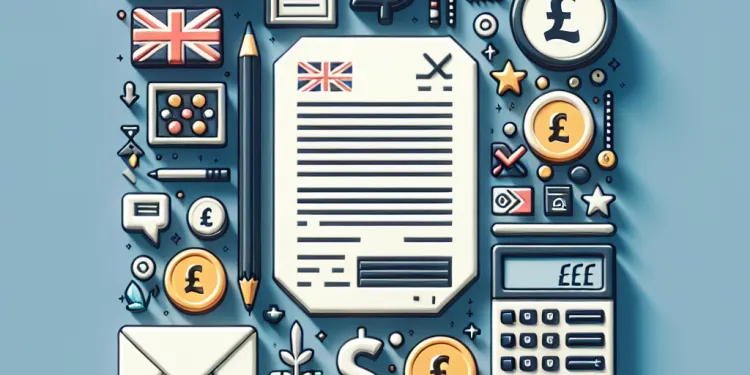
I received a tax refund letter, but I haven’t overpaid any tax. What should I do?
Relevance: 39%
-

Wills, Probate and Tax Planning in the UK
Relevance: 39%
Introduction to the Sugar Tax
The sugar tax, officially known as the Soft Drinks Industry Levy (SDIL), was introduced in the UK in April 2018. The primary aim of the levy is to tackle rising obesity rates by encouraging manufacturers to reduce the sugar content in their products. This initiative also aims to generate revenue for public health programmes and sports activities for schoolchildren. The tax targets sugar-sweetened beverages, incentivizing companies to reformulate their recipes or face fiscal consequences.
Scope and Application of the Sugar Tax
The sugar tax applies to soft drinks with added sugar that contain more than 5 grams of sugar per 100 millilitres. It is important to note that the levy does not apply to all sugary products; rather, it focuses on beverages, as these are a major source of added sugar in the diet, particularly for children and teenagers.
The levy is structured in two bands. The lower rate applies to drinks containing between 5 and 8 grams of sugar per 100 millilitres, while the higher rate is for those with over 8 grams. Drinks like flavoured water, fruit juices, and milk-based beverages are exempt, given their nutritional benefits despite added sugars.
Impact on Manufacturers and Retailers
Manufacturers are the primary target of the sugar tax. They are encouraged to reformulate their products to reduce sugar content to avoid the levy. For many companies, this has resulted in significant alterations to recipes, marketing strategies, and product lines. If companies choose not to reformulate, they are required to pay the levy, which can then be reflected in higher retail prices.
Retailers may pass on the increased costs to consumers by raising the price of sugary drinks. Alternatively, they might choose to focus on promoting healthier options. The tax is not directly applied to consumers but can indirectly affect retail prices and demand.
Revenue and Public Health Benefits
Revenue generated from the sugar tax is earmarked to fund initiatives aimed at improving public health and encouraging physical activity among young people. The funds are allocated to support sports programmes in schools, and initiatives to improve children’s diets and nutrition. This reinforces the broader objective of the sugar tax, which is to contribute positively to long-term public health.
Since the introduction of the sugar tax, several manufacturers have successfully reduced sugar content in their products, highlighting the tax's role in promoting healthier consumption patterns. Reports suggest a notable decrease in sugar content across major brands, contributing to the fight against obesity and related health issues.
Conclusion
The sugar tax in the UK serves as a strategic measure to reduce sugar intake from beverages and improve public health outcomes. By imposing levies on high-sugar drinks, the government aims to incentivize companies to produce healthier products, while simultaneously investing in public health initiatives. The policy's effectiveness lies in its ability to encourage industry reformulation and generate resources for health and wellness programmes.
Introduction to the Sugar Tax
The sugar tax is also called the Soft Drinks Industry Levy (SDIL). It started in the UK in April 2018. The main goal of this tax is to help people be healthier by lowering the amount of sugar people eat. It makes companies put less sugar in their drinks. The money from this tax is used to help pay for health and sports programmes in schools. The tax is aimed at drinks with added sugar, encouraging companies to change their recipes or pay extra money.
What the Sugar Tax Covers
The sugar tax is for sugary drinks with more than 5 grams of sugar in every 100 millilitres. Not all sugary foods are taxed, only drinks. These drinks are a big source of sugar, especially for kids and teens.
There are two levels of the tax. The first one is for drinks with 5 to 8 grams of sugar per 100 millilitres. The second one is for drinks with more than 8 grams. Drinks like flavoured water, fruit juices, and milk drinks are not taxed because they have other good nutrients.
What This Means for Companies and Shops
Companies that make drinks are who the sugar tax is mostly aimed at. They need to change their drinks to have less sugar to avoid the tax. This means they need to change recipes and how they sell their drinks. If they don't change their drinks, they have to pay the tax, which might make their drinks cost more.
Shops might make the price of sugary drinks higher for people to cover the tax. Or, they might choose to sell healthier drinks instead. The tax is not directly paid by the people buying the drinks, but it can change the prices they see.
Money and Health Benefits
The money from the sugar tax is used to help make people healthier and get kids moving more. It helps pay for sports in schools and better food programmes for kids. The goal is to help people be healthier in the long term.
Since the sugar tax started, many companies have put less sugar in their drinks. This shows the tax helps people choose healthier drinks. Reports say big brands have less sugar now, helping to fight obesity and health problems.
Conclusion
The sugar tax in the UK helps people drink less sugary drinks and be healthier. The government uses this tax to get companies to make healthier drinks and to pay for health programmes. The policy works well by pushing companies to change recipes and by helping to fund health activities.
Frequently Asked Questions
Useful Links
- Ergsy carfully checks the information in the videos we provide here.
- Videos shown by Youtube after a video has completed, have NOT been reviewed by ERGSY.
- To view, click the arrow in centre of video.
- Most of the videos you find here will have subtitles and/or closed captions available.
- You may need to turn these on, and choose your preferred language.
- Go to the video you'd like to watch.
- If closed captions (CC) are available, settings will be visible on the bottom right of the video player.
- To turn on Captions, click settings .
- To turn off Captions, click settings again.
More Items From Ergsy search
-

What is the sugar tax in the UK?
Relevance: 100%
-

Is the sugar tax applied to diet or zero sugar drinks?
Relevance: 96%
-

Has the sugar tax affected the sugar content in drinks?
Relevance: 95%
-

Who pays the sugar tax?
Relevance: 95%
-

What is the purpose of the sugar tax?
Relevance: 95%
-

What are the long-term goals of the sugar tax?
Relevance: 91%
-

Has the sugar tax been effective?
Relevance: 91%
-

Which drinks are exempt from the sugar tax?
Relevance: 88%
-

Does the sugar tax apply to small businesses?
Relevance: 88%
-

How does the sugar tax affect consumers?
Relevance: 88%
-

How is the revenue from the sugar tax used?
Relevance: 87%
-

How much revenue has the sugar tax generated?
Relevance: 85%
-

Has the sugar tax led to innovation in the drinks industry?
Relevance: 84%
-

How does the sugar tax align with public health strategies?
Relevance: 82%
-

What impact has the sugar tax had on obesity rates?
Relevance: 82%
-

When was the sugar tax introduced in the UK?
Relevance: 72%
-

What are the rates for the sugar tax?
Relevance: 72%
-

How is the sugar tax applied?
Relevance: 72%
-

Have any other countries implemented a sugar tax similar to the UK?
Relevance: 60%
-

Are there any criticisms of the sugar tax?
Relevance: 51%
-

Can Baxdrostat affect blood sugar levels?
Relevance: 49%
-

How does Ozempic affect blood sugar levels?
Relevance: 48%
-

Can Ozempic cause low blood sugar (hypoglycemia)?
Relevance: 48%
-

How effective is Mounjaro in controlling blood sugar levels?
Relevance: 46%
-

Would a wealth tax replace other taxes in the UK?
Relevance: 44%
-

Could a wealth tax encourage tax avoidance?
Relevance: 44%
-

Do unpaid tax debts affect Inheritance Tax calculations?
Relevance: 43%
-

Can my tax refund be applied to my future tax obligations?
Relevance: 43%
-

What is the wealth tax in the UK?
Relevance: 42%
-

What is the Wealth Tax in the UK?
Relevance: 42%
-

How does a wealth tax differ from an income tax?
Relevance: 42%
-

What is a Wealth Tax?
Relevance: 42%
-

What is inheritance tax in the UK?
Relevance: 42%
-

What is inheritance tax in the UK?
Relevance: 41%
-

Is tax evasion an offence of dishonesty?
Relevance: 40%
-

HMRC Tax Refund letters
Relevance: 40%
-

Is the tax refund amount taxable?
Relevance: 40%
-

What is the objective of a wealth tax?
Relevance: 40%
-

I received a tax refund letter, but I haven’t overpaid any tax. What should I do?
Relevance: 39%
-

Wills, Probate and Tax Planning in the UK
Relevance: 39%


